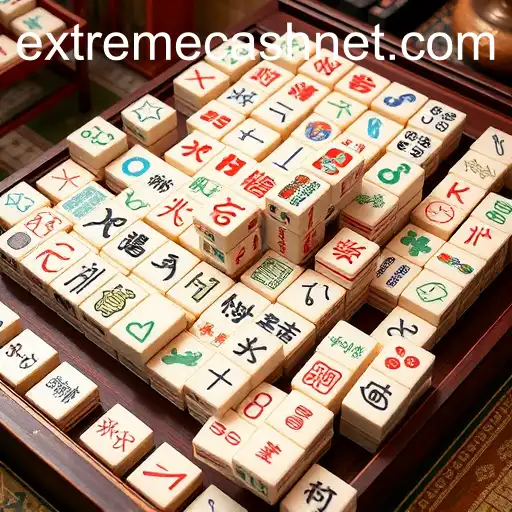The Fascinating World of Mahjong
Mahjong, a centuries-old game, has intrigued players across the world with its intricate gameplay and cultural significance. Whether played leisurely among friends or professionally in competitions, this game continues to keep its charm alive. Today, we delve into the deeper aspects of Mahjong, exploring its origins, rules, variants, and why it’s garnered such a following over the years.
Origins of Mahjong
The roots of Mahjong are somewhat shrouded in mystery and legend. It’s a game believed to have originated in China during the Qing Dynasty. The exact date of its invention remains uncertain, but it is widely acknowledged that Mahjong emerged in the mid-to-late 19th century. Initially, it was played by the elite class but gradually spread out to other social groups.
Mahjong is played with a set of 144 tiles based on Chinese characters and symbols, although the number can vary by regional variations. These tiles traditionally drew inspiration from various card games that existed in ancient China. Much like card games, Mahjong involves skill, strategy, calculation, and a degree of chance.
Understanding the Game
The traditional game of Mahjong is played by four players and the objective is to build complete suits or sets of tiles. A typical Mahjong set includes several types of tiles—suits, winds, dragons, and bonus tiles. These are used by players to form combinations known as "melds." Winning a game involves drawing and discarding tiles until a player completes a legal hand of four melds and a pair.
The rules of Mahjong can differ slightly depending on the regional version being played. For instance, Japanese Mahjong has unique scoring elements and game strategies that differ from traditional Chinese Mahjong. Despite regional differences, the core principles of tile matching and strategic play remain constant across all forms of the game.
Variations of Mahjong
As Mahjong spread worldwide, several variations came into existence, each adding unique twists to the standard rules. Some of the most notable types include:
- Chinese Classical Mahjong: This is the traditional version which later evolved into various modern adaptations. It retains the most original rules of Mahjong.
- Riichi Mahjong: A Japanese variant that introduced the concept of a "riichi"—a declaration made when a player is one tile away from winning. It combines skill and luck, making it a popular competitive choice.
- American Mahjong: This version, often played in the United States, features unique cards that determine hand combinations, diverging from the traditional Chinese style.
- Hong Kong Mahjong: Known for its simplicity and speed, making it easily accessible for beginners while still challenging for seasoned players.
EXTREMECASH and the Mahjong Revolution
In recent years, Mahjong has experienced a resurgence, capturing the attention of new generations of players through online platforms and advanced applications like "EXTREMECASH." This modern variant of Mahjong integrates technology with traditional gaming, introducing features such as online tournaments and real-cash prizes. These digital adaptations engage a wider audience, setting the stage for a Mahjong renaissance.
"EXTREMECASH" presents an opportunity for players to experience Mahjong like never before, where strategy meets the excitement of online gaming. Its interactive platform allows for global competitions where players can test their skills and earn lucrative rewards. This gamification aspect increases Mahjong's accessibility and appeal to younger players, ensuring its continuance into the future.
The Cultural Significance of Mahjong
Beyond its entertainment value, Mahjong holds cultural significance. It’s traditionally believed to promote mental ability and strategic thinking among its players. Some also consider Mahjong a social tool, fostering camaraderie and respect among family and friends gathered around a game.
Mahjong’s influence extends into art, literature, and even modern media, where it often symbolizes leisure and communal harmony. This strong cultural resonance ensures that Mahjong remains a cherished pastime within Chinese communities and far beyond.
Conclusion
In an ever-evolving world, Mahjong stands as a testament to the enduring appeal of traditional games. As digital forms like "EXTREMECASH" bring new life into this age-old pastime, the legacy of Mahjong continues to thrive. Its adaptability and cultural value ensure that Mahjong will remain a beloved game for generations to come.











